Property from an Important Asian Collection14Alex KatzAda with Mirrorsigned and dated 'Alex Katz 69' lower right oil on linen, in artist's frame 83 x 123.5 cm (32 5/8 x 48 5/8 in.) Painted in 1969. Full CataloguingEstimate £400,000 - 600,000 ‡ Place Advance BidContact Specialist Kate Bryan Specialist, Head of Evening Sale +44 20 7318 4026 kbryan@phillips.com
Overview'I think the big change came in 1957 when I started to paint Ada over and over again. […] I figured... well, if I get Ada right, if you only get one person right, it's universal.' —Alex Katz There is a certain matter-of-factness that permeates Alex Katz’s paintings of his wife Ada. Ada is not presented in an idealised manner or rendered with elevated detail; rather, she conveys overarching attributes: wry coolness and ineffable allure. In Ada with Mirror, Katz’s elusive muse stares intently at her own reflection in a small round mirror, her long lashes motioning towards the viewer as her languid gaze wanders off into the titular object’s reflective surface. Painted more than two hundred times since their marriage in 1958, Ada is known to Katz’s audience as both a recognisable and abstract protagonist, inherently mysterious yet paradoxically identifiable by virtue of her mystery. Aligning with this visual and conceptual paradox, Ada with Mirror offers a closeup shot of the artist’s most prolific model which, despite enabling physical proximity, retains a psychological distance – an impenetrability that echoes Robert Storr’s belief that Ada’s traits are ‘as difficult to grasp on their own as the person they incompletely constitute’.i Painted in 1969, Ada with Mirror is an exquisite example of Katz’s preferred muse, and a prestigious formulation of the single figure format that he subsequently continued working on for decades. Notably, the painting precedes by only two years Katz’s first significant institutional show in the United States, that travelled from the Utah Museum of Fine Arts to The Art Gallery, University of California, the Minnesota Museum of Art, and the Wadsworth Atheneum, Hartford, from January to December 1971. Ada, Ada, Ada Though Ada has now been portrayed by her admiring and observant husband for over five decades, she belongs to no time, no place, no evolutionary realm. Rather, it is as though each Ada portrait captures the essence of her being, most compellingly materialised as a fleeting yet perennial presence in the artist’s mind. ‘Still in progress, the [Ada] series stretches over a period of nearly fifty years’, remarked Robert Storr, ‘from the waning heyday of New York School gestural abstraction through the advent and attenuation of Pop, Minimalism, and Neo-Expressionism [...]. In short, during that half century everything about art and much about American society has changed. Remarkably very little about Ada has. That is the mark of her musedom’. Though in later years, Ada’s hair in her portraits began graying with idiosyncratic elegance, she is ‘preternaturally abiding’, Storr continues.ii Ada with Mirror eludes this minor twist in her appearance; instead, the composition offers the quintessential Ada portrait – one where her classical beauty is rendered with polished contours and gleaming glossiness. A few characteristics are undoubtedly distinguishable as her own: the strong dark eyes, eyebrows, and hair contouring an otherwise snowy complexion, the blush lips adding colour to the limited palette constituting her bare face. In the present work, Ada is at once muse and model. The solemnity of her timeless beauty matches art historical precedents, while the sleekness of her traits aligns with standardised beauty advertisements, most typically devised on comparably horizontal planes. Cindy Sherman Untitled Film Still #56, 1980, gelatin silver print, Museum of Modern Art, New York. Image: Courtesy of the artist and Metro Pictures, New York. Yet, while Ada’s likenesses most evidently summon references in the realm of art history, they also trace antecedents within the cinematic world of the 1950s and 1960s, when female protagonists were commanded to perform chicness, enigma, seriousness and internal wisdom as a testament to their required femininity and glamour. Captured from a loving lens, Ada with Mirror most closely echoes Cindy Sherman’s derisive self-portraits, which are at once anchored
Property from an Important Asian Collection14Alex KatzAda with Mirrorsigned and dated 'Alex Katz 69' lower right oil on linen, in artist's frame 83 x 123.5 cm (32 5/8 x 48 5/8 in.) Painted in 1969. Full CataloguingEstimate £400,000 - 600,000 ‡ Place Advance BidContact Specialist Kate Bryan Specialist, Head of Evening Sale +44 20 7318 4026 kbryan@phillips.com
Overview'I think the big change came in 1957 when I started to paint Ada over and over again. […] I figured... well, if I get Ada right, if you only get one person right, it's universal.' —Alex Katz There is a certain matter-of-factness that permeates Alex Katz’s paintings of his wife Ada. Ada is not presented in an idealised manner or rendered with elevated detail; rather, she conveys overarching attributes: wry coolness and ineffable allure. In Ada with Mirror, Katz’s elusive muse stares intently at her own reflection in a small round mirror, her long lashes motioning towards the viewer as her languid gaze wanders off into the titular object’s reflective surface. Painted more than two hundred times since their marriage in 1958, Ada is known to Katz’s audience as both a recognisable and abstract protagonist, inherently mysterious yet paradoxically identifiable by virtue of her mystery. Aligning with this visual and conceptual paradox, Ada with Mirror offers a closeup shot of the artist’s most prolific model which, despite enabling physical proximity, retains a psychological distance – an impenetrability that echoes Robert Storr’s belief that Ada’s traits are ‘as difficult to grasp on their own as the person they incompletely constitute’.i Painted in 1969, Ada with Mirror is an exquisite example of Katz’s preferred muse, and a prestigious formulation of the single figure format that he subsequently continued working on for decades. Notably, the painting precedes by only two years Katz’s first significant institutional show in the United States, that travelled from the Utah Museum of Fine Arts to The Art Gallery, University of California, the Minnesota Museum of Art, and the Wadsworth Atheneum, Hartford, from January to December 1971. Ada, Ada, Ada Though Ada has now been portrayed by her admiring and observant husband for over five decades, she belongs to no time, no place, no evolutionary realm. Rather, it is as though each Ada portrait captures the essence of her being, most compellingly materialised as a fleeting yet perennial presence in the artist’s mind. ‘Still in progress, the [Ada] series stretches over a period of nearly fifty years’, remarked Robert Storr, ‘from the waning heyday of New York School gestural abstraction through the advent and attenuation of Pop, Minimalism, and Neo-Expressionism [...]. In short, during that half century everything about art and much about American society has changed. Remarkably very little about Ada has. That is the mark of her musedom’. Though in later years, Ada’s hair in her portraits began graying with idiosyncratic elegance, she is ‘preternaturally abiding’, Storr continues.ii Ada with Mirror eludes this minor twist in her appearance; instead, the composition offers the quintessential Ada portrait – one where her classical beauty is rendered with polished contours and gleaming glossiness. A few characteristics are undoubtedly distinguishable as her own: the strong dark eyes, eyebrows, and hair contouring an otherwise snowy complexion, the blush lips adding colour to the limited palette constituting her bare face. In the present work, Ada is at once muse and model. The solemnity of her timeless beauty matches art historical precedents, while the sleekness of her traits aligns with standardised beauty advertisements, most typically devised on comparably horizontal planes. Cindy Sherman Untitled Film Still #56, 1980, gelatin silver print, Museum of Modern Art, New York. Image: Courtesy of the artist and Metro Pictures, New York. Yet, while Ada’s likenesses most evidently summon references in the realm of art history, they also trace antecedents within the cinematic world of the 1950s and 1960s, when female protagonists were commanded to perform chicness, enigma, seriousness and internal wisdom as a testament to their required femininity and glamour. Captured from a loving lens, Ada with Mirror most closely echoes Cindy Sherman’s derisive self-portraits, which are at once anchored

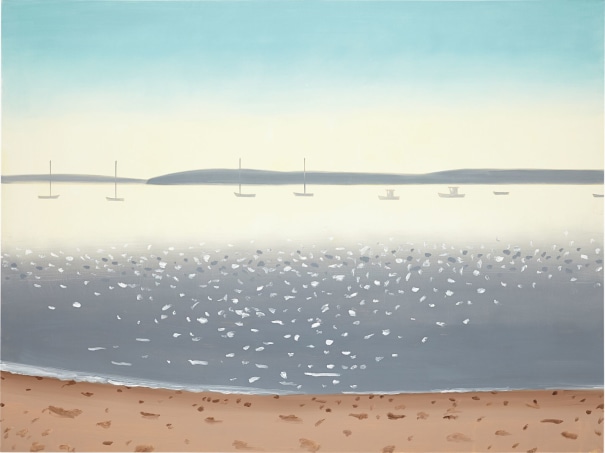
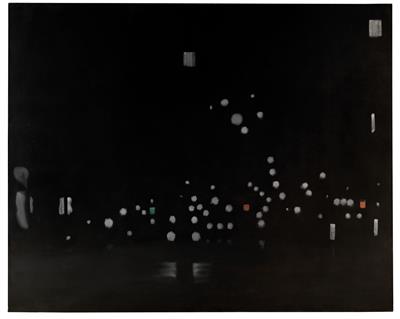
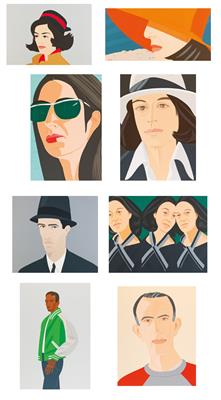
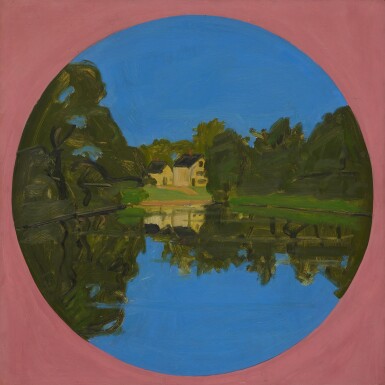





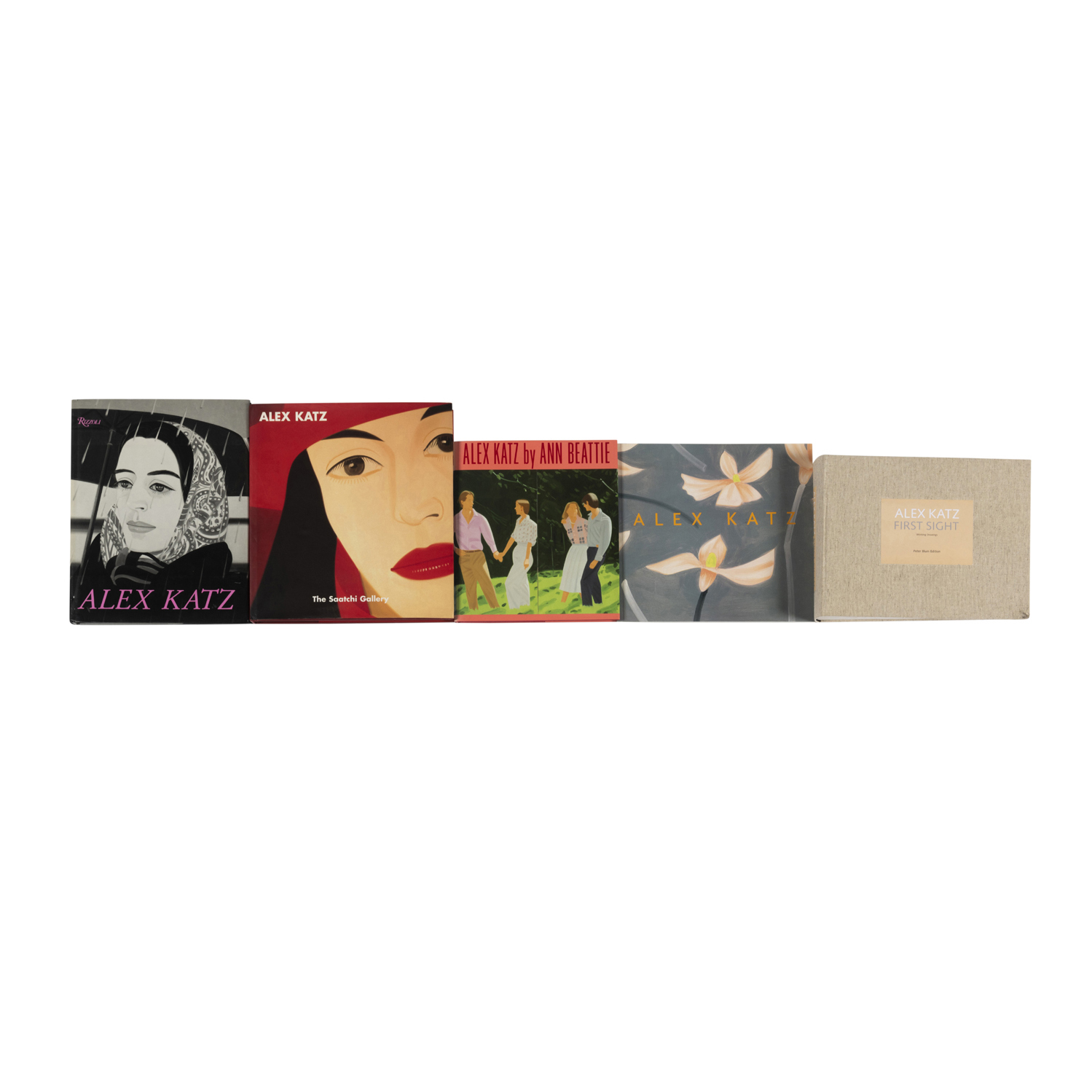


Try LotSearch and its premium features for 7 days - without any costs!
Be notified automatically about new items in upcoming auctions.
Create an alert